Communication technology and gateway for the IIoT
- Details
- Hits: 6728
Sophisticated design and multi-protocol capability: This is what the Gateways from Pepperl + Fuchs. With the most modern operating concept, you are prepared for the Industrial Internet of Things (IIoT). Here we present the innovations of the Mannheim automation specialist, including the new one AS-Interface Gateway to integrate Sensors and actors in the communication networks.
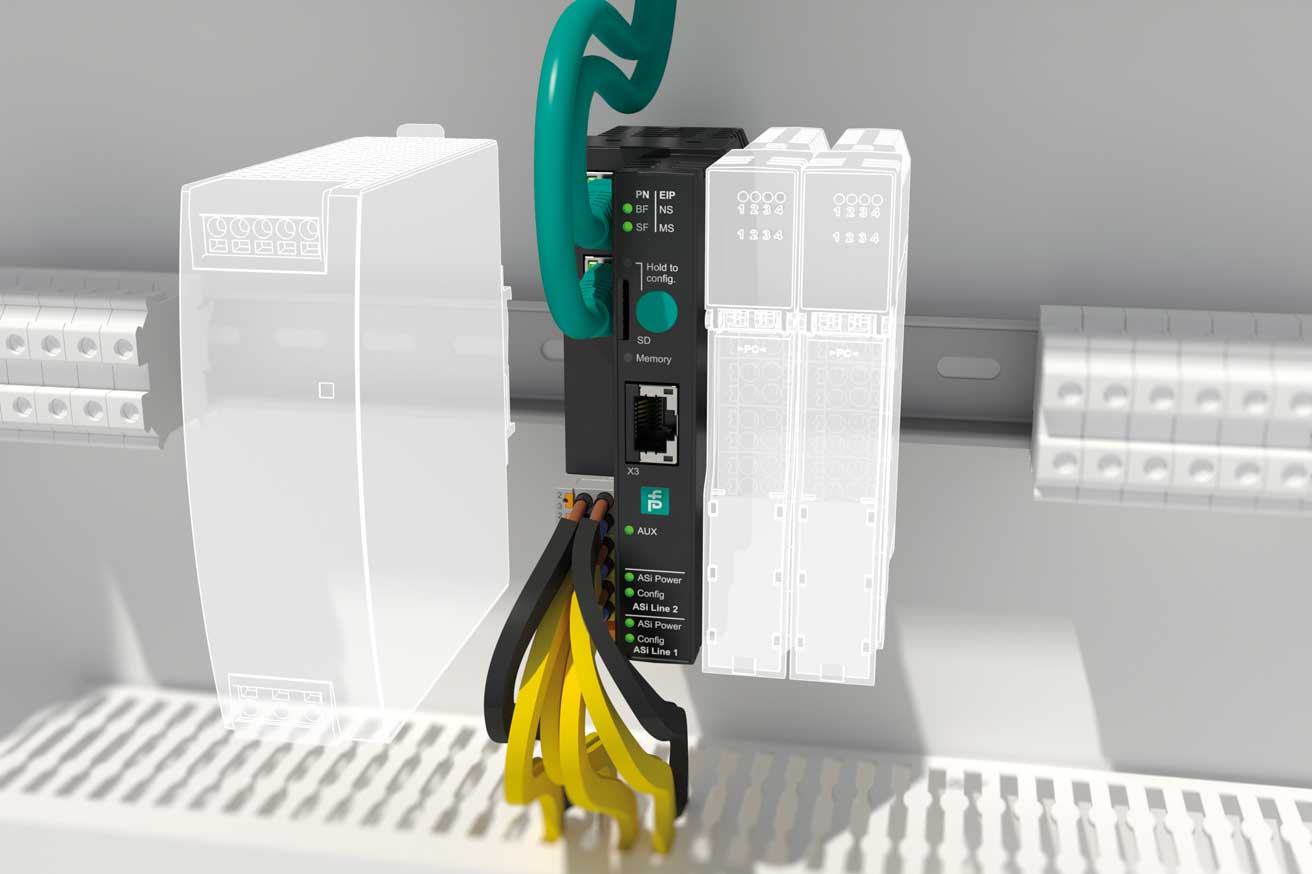
Contents
- Profinet gateway for remote I/O with S2 system redundancy
- IIoT capable AS Interface Gateways for use in the field
- First IO-Link master with OPC UA
- IO hub with 10 inputs and 6 outputs
- Profinet gateway for seamless integration of data
- Gateway basics
Profinet gateway for remote I/O with S2 system redundancy
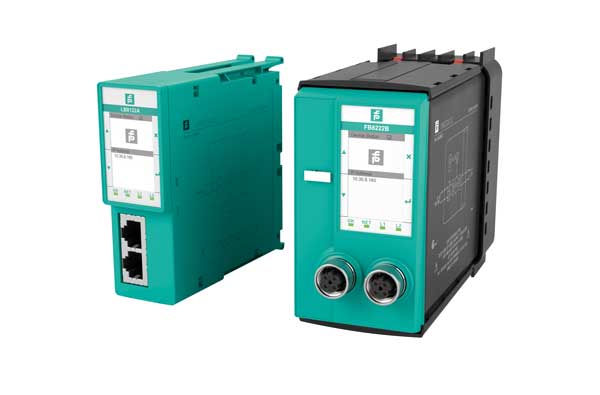 05.12.2022 | When connecting an installed device base to the Industrial Internet of Things (IIoT), one expects the integration of an Ethernet-based base process control and simultaneous access to complete diagnostic data. Pepperl+Fuchs is presenting new ones for this Profinet gateways for LB and FB remote I/O systems.
05.12.2022 | When connecting an installed device base to the Industrial Internet of Things (IIoT), one expects the integration of an Ethernet-based base process control and simultaneous access to complete diagnostic data. Pepperl+Fuchs is presenting new ones for this Profinet gateways for LB and FB remote I/O systems.
These support the Communication about hard on the device lines. In addition, they integrate any data from the device with a seamless integration of the process data into any plant asset management or engineering system. With complete access to all device data, software-supported proactive maintenance processes can be implemented.
S2 system redundant gateway
The Profinet gateways are S2 system redundant and therefore predestined for systems that have to be highly available. You connect the remote I/O station to redundant ones Controllers. This means that the process control remains operational even in the rare event of a failure or stop. However, the gateways can also be set in ring redundancy. This protects against unwanted interruptions or installation errors. LB and FB remote I/Os enable IIoT suitability. They can be installed in hazardous areas and anywhere.
IIoT capable AS Interface Gateways for use in the field
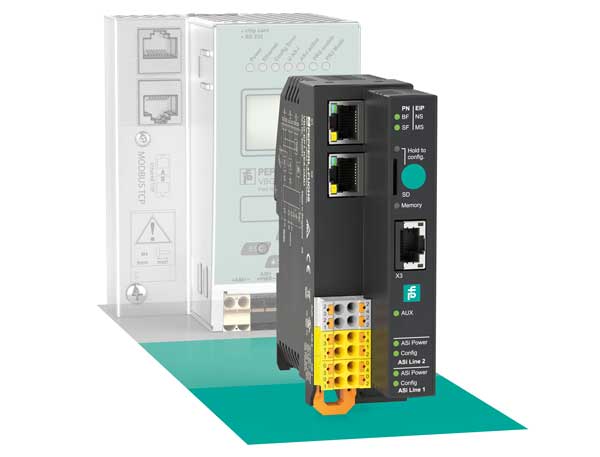 22.11.2022/XNUMX/XNUMX | That AS interface has proven to be simple and cost-effective when integrating actuators and sensors in the field. For almost 20 years now, however, nothing has changed in one of the most important system components, the ASi Gateway.
22.11.2022/XNUMX/XNUMX | That AS interface has proven to be simple and cost-effective when integrating actuators and sensors in the field. For almost 20 years now, however, nothing has changed in one of the most important system components, the ASi Gateway.
The new ASi-3 gateways from Pepperl+Fuchs open up completely new possibilities here. With the well thought-out design, a modern operating concept, the multi-protocol capability and IIoT capability, the ASi-3 gateways take users to a new level. Such a gateway simplifies handling significantly and is ingeniously simple and consistently well thought out, as is known from ASi-3.
Tool-free connection
The Gateway Extreme is extremely narrow and only 37,9 mm wide. The connection is tool-free via the front Push-in terminals possible. There are three RJ45 Connectors available for easy communication. The gateway is easy to configure using the integrated web server. All information is displayed on mobile devices. Operating buttons facilitate commissioning.
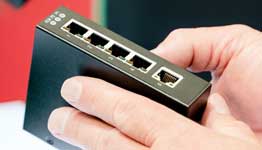 Routers | heart of the network topology
Routers | heart of the network topology
In the devices are simultaneously Profinet and Ethernet / IP accommodated. You can quickly switch between the two standards via web server or control buttons. This results in a simple machine standardization. Rest API is available for IIoT communication. The user has access to all data of the gateway and of the connected ASi devices.
First IO-Link master with OPC UA
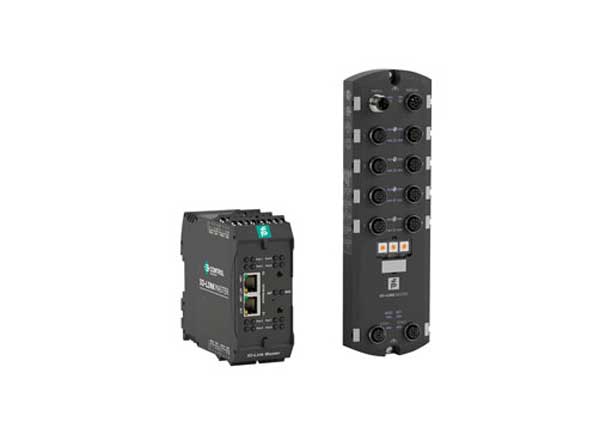 16.11.2019 | Pepperl+Fuchs is the first company to be able to use IO-Link masters OPC UAinterface and thus paves the way to a consistent, transparent and seamless communication from the lowest field level to the cloud.
16.11.2019 | Pepperl+Fuchs is the first company to be able to use IO-Link masters OPC UAinterface and thus paves the way to a consistent, transparent and seamless communication from the lowest field level to the cloud.
The automation specialist took over the business of Comtrol Corporation accepted. Comtrol is a pioneer in Ethernet-based industrial communication and a leading provider of IO-Link masters. This strengthens Peppel+Fuchs' position as a system provider in the field of IO-Link.
OPC UA is an Ethernet-based communication protocol and provides a simple and flexible way for machine-to-machine or machine-to-machine communication Cloud. OPC UA is characterized above all by its independence, which gives customers maximum flexibility when designing their IoT systems and they are completely free on which platform they set them up.
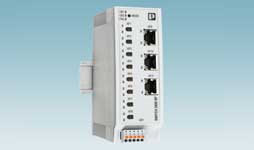 Ethernet switches | The data driver in the network
Ethernet switches | The data driver in the network
The Combination of OPC UA and IO-Link Pepperl+Fuchs creates completely new possibilities for seamless communication. If IO-Link creates the interface to the identification, diagnostics and parameter data of the sensors, OPC UA represents the optimal solution for transferring this data completely to PC or cloud-based systems parallel to the time-critical control communication. This is the only way to make the visions of Industry 4.0 possible, since detailed data from the lowest field level can be collected and evaluated in a goal-oriented manner.
IO hub with 10 inputs and 6 outputs
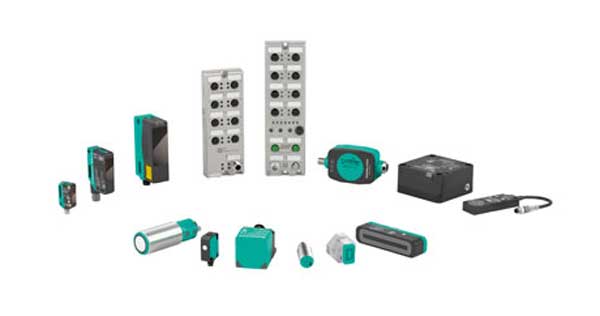 07.10.2019 | Pepperl+Fuchs is focusing on expanding the IO-Link portfolio: For applications with tight installation conditions, the IO-Link master of the ICE1 series will in future also be available in a housing that is just 30 mm wide. Advantages such as multi-protocol, M12 power connector and web server functionality are still available to the user.
07.10.2019 | Pepperl+Fuchs is focusing on expanding the IO-Link portfolio: For applications with tight installation conditions, the IO-Link master of the ICE1 series will in future also be available in a housing that is just 30 mm wide. Advantages such as multi-protocol, M12 power connector and web server functionality are still available to the user.
In order to also optimally integrate digital IOs into the IO-Link world to integrate, the portfolio of I/O hubs with IO-Link interface is expanded to include a variant with ten digital inputs and six digital outputs and a variant with 16 freely configurable digital inputs/outputs.
The expansion of the IO-Link portfolio is rounded off by the introduction of a IO-Link signal tower, which offers the completely flexible combination of up to five signal elements.
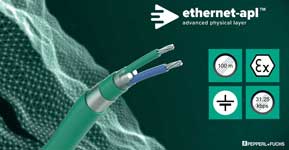 Ethernet APL | Current status, applications and implementation
Ethernet APL | Current status, applications and implementation
Regardless of whether inductive proximity switches, positioning systems, photoelectric sensors, ultrasonic sensors or RFID: The portfolio of IO-LinkSensors offers maximum Flexibility in use. In addition to sensors with different operating principles, suitable infrastructure and accessories are also available. This includes IO-Link masters, suitable cables, but also I / O hubs and associated software packages.
Profinet gateway for seamless integration of data
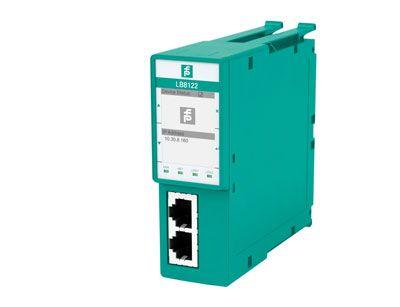 06.12.2018 | With the new LB Profinet Gateway, Pepperl+Fuchs is able to connect LB remote I/O systems to the Profinet world. Thanks to consistent communication, the intelligence available in the field can also be optimally used - a decisive step in making systems fit for Industry 4.0.
06.12.2018 | With the new LB Profinet Gateway, Pepperl+Fuchs is able to connect LB remote I/O systems to the Profinet world. Thanks to consistent communication, the intelligence available in the field can also be optimally used - a decisive step in making systems fit for Industry 4.0.
Access to all Hart devices
At the beginning of 2019, the automation company will launch the LB Profinet Gateway, thereby enabling full access to all connected devices in addition to the conventional Profinet functionality Hart devices. In practice, therefore, in addition to the process variables, hard secondary variables are also available to the user as second measured values. In addition, the diagnostic data of the field devices can be read out via HARTIP - this significantly increases transparency and system availability.
In addition, the gateway offers maximum flexibility, since different protocols can be used over the same connection cable can run like Profinet and Hart-IP. And this is done with high performance, because you can connect to a fully occupied remote I/O system up to 80 field devices connected, which communicate without time delay.
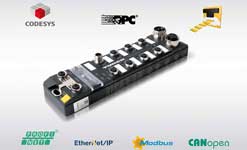 Gateways for Industry 4.0 factory networks
Gateways for Industry 4.0 factory networks
Network gateway with intelligent redundancy concept
The gateway, also known as a network node, is based on an intelligent redundancy concept: An integrated switch ensures that the network functions at all times based on the Medium Redundancy Protocol (MRP). If a line fails, the ring network is reconfigured to route data packets over the alternate route. Since the potential for danger is growing with big data and the increasing networking of industrial plants, the new gateway also meets the corresponding security requirements. With the largest display available on the market, the gateway is easy to operate. Device status and other diagnostic data can be read at a glance via RGB LEDs.
Gateway basics
What is an OSI model?
The OSI model (Open Systems Interconnection Model) is a conceptual framework used to describe the functions of a network system. It was developed by the International Organization for Standardization (ISO). The OSI model defines network protocols in seven layers that build on one another. Each layer of the model takes care of a specific aspect of network communication.
Which layers defines the OSI model?
Using the OSI model makes it easier to understand and troubleshoot complex network systems by dividing the flow of data into well-defined layers. The seven layers of the OSI model are:
- physical layer: The physical layer deals with the physical aspects of data transmission, such as cabling, Connectors and sending and receiving bits.
- data link layer: The data link layer is responsible for the reliable transmission of data packets within a network and organizes bits in data packets, takes care of error correction and flow control.
- mediation layer: The network layer is responsible for selecting the best path for data transmission through the network (routing).
- transport layer: The transport layer ensures secure and reliable data transmission between the systems and regulates aspects such as flow control and error correction.
- session layer: The session layer takes care of establishing, managing and terminating connections or sessions between applications.
- presentation layer: The presentation layer takes care of the presentation of the data, i.e. the conversion of data into a form that can be read by applications and vice versa.
- application layer: The application layer provides network services for application processes. At this point, the network software interacts with the application software.
What are router gateways?
A router gateway is a network device that enables communication between two or more dissimilar networks based on the Internet Protocol. This type of gateway combines the function of a router and a gateway in one device. As a router, the device forwards data packets within the IP networks based on the IP addresses of the source and destination. It uses tables and protocols to determine the best path to route a packet from the source network to the destination network. As a standard gateway, it serves as the entry point into the networks and establishes the connection between the different network architectures. This often involves converting data formats or communication protocols to ensure interoperability between networks. In many home and business networks, routers and gateways are combined in one device.
You might also be interested in...
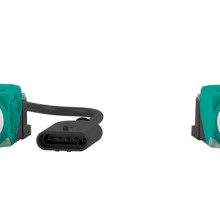
Industrial radar sensor with CAN interface

Artificial Intelligence | trends and developments
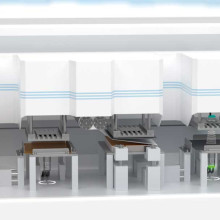
battery production | Facts and Technologies
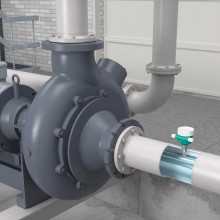
Level sensor for every level measurement

Hydrogen + fuel cell: components for energy generation

